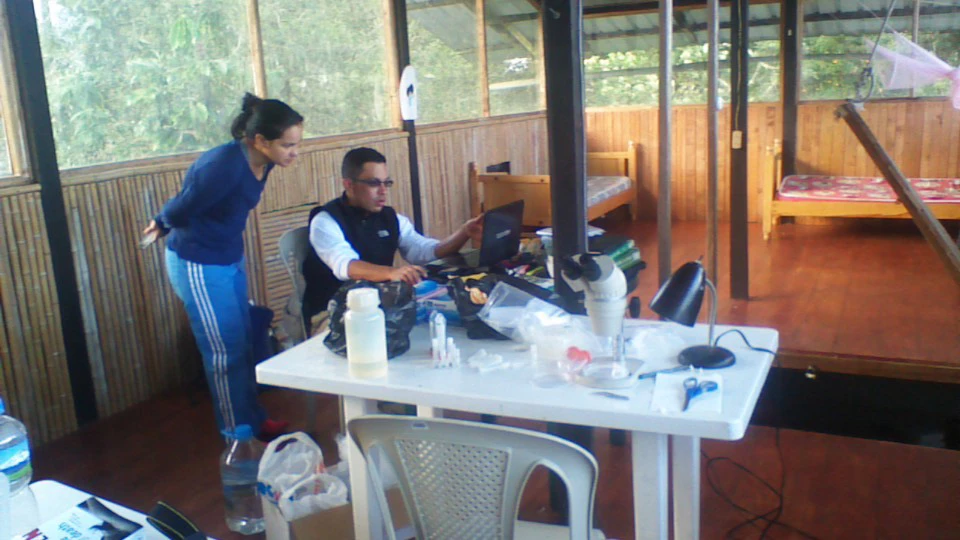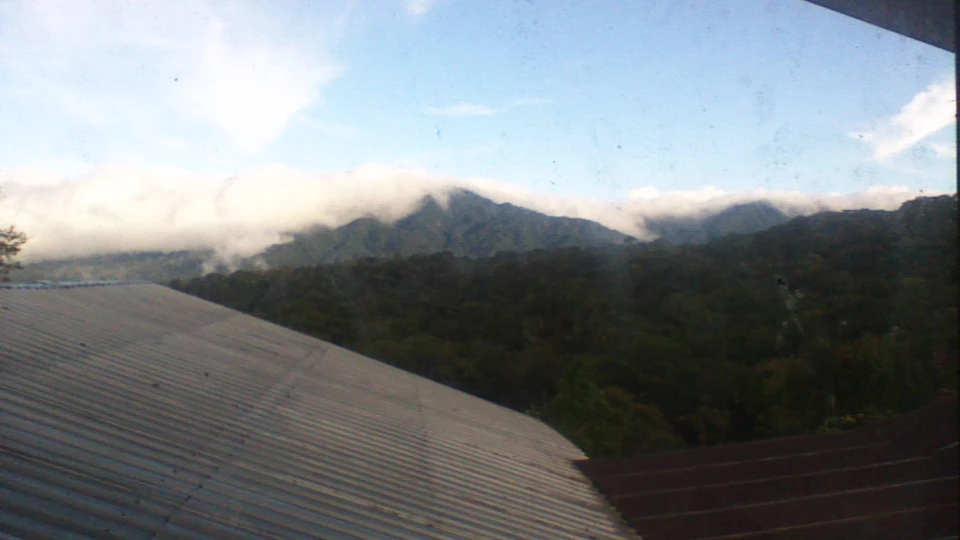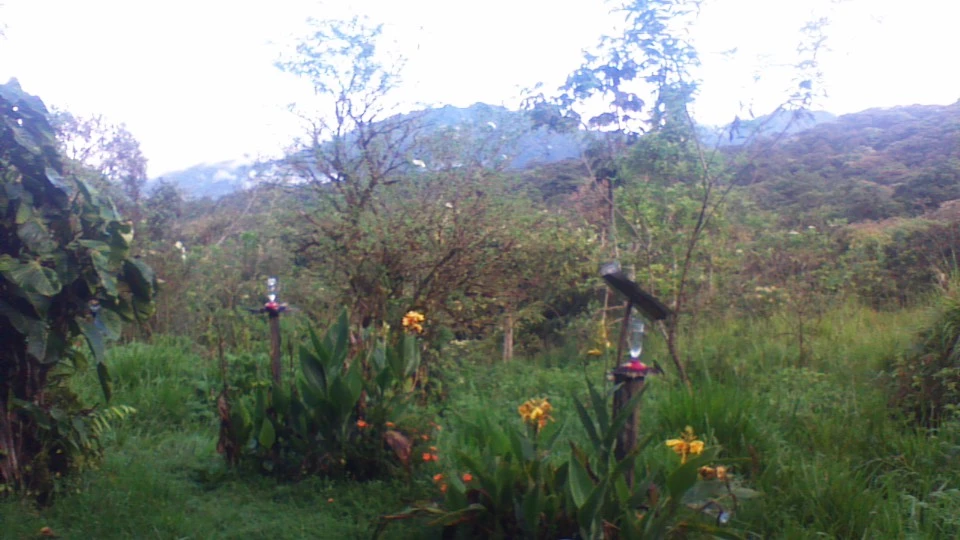Adrian in the Amazon - part 7
, 27 April 2015
We have made it to the Estación Científica San Francisco in Podocarpus National Park, Loja Province. Well, we made it but one of our bags didn’t, apparently having been left behind in Quito. We are hopeful that it will arrive tomorrow in Loja and we can arrange for a taxi to bring it the hour or so’s drive to the Estación. Meanwhile we are getting to know our new home for the next week.
The Estación is perched on the side of a narrow ravine in dense forest through which flows the Rio San Fransisco. All our routes into the forest start with a spectacular crossing of the river using a wire cradle suspended from a rope running through pulleys at either end high over the water. Progress is made by pulling hand over hand on the opposing rope until the other side is reached. Once over, the ground is very steep and densely forested. Our intial forrays into the near reaches of this wilderness indicate a spectacularly diverse fly fauna. . . and that is what we are here for. We have set our Malaise traps but the incessant rain is making other fieldwork difficult so we will have to wait for better weather to get further afield and explore more.
You can read more about Adrian's travels on our blog page


